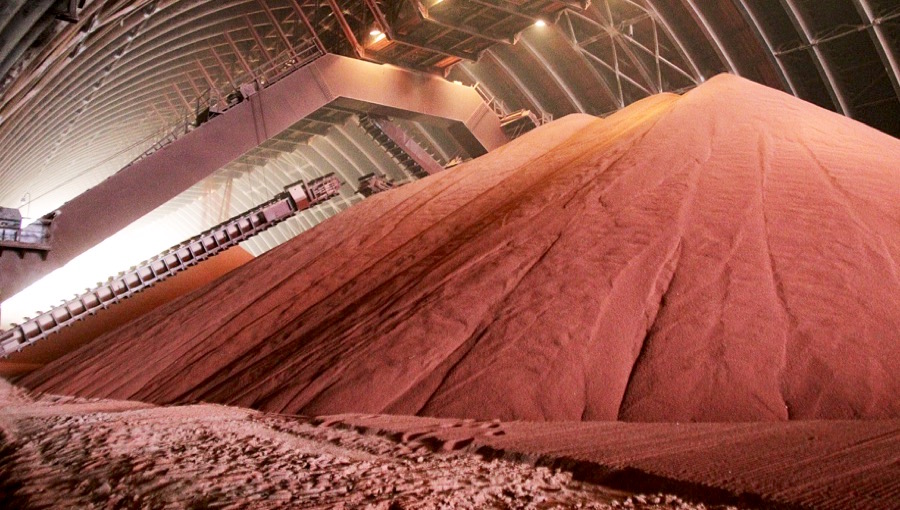Regency Gold enters the vanadium exploration space

Vancouver-based Regency Gold (NEX: RAU.H) announced it has entered into a definitive agreement with Vanadium North Resources to acquire all of its issued and outstanding common shares, the main interest behind the buyout being the Valley of Vanadium project in the Northwest Territories.
In a press release, the companies said that Vanadium North holds an option to acquire 100% of the Valley of Vanadium, and the project, combined with surrounding claims that have been staked by Vanadium North, comprises its sole asset.
Once Regency’s acquisition is completed, it will own 100% of Vanadium North in consideration for the issuance to Vanadium North shareholders of an aggregate of 13,995,985 common shares of its capital. Regency also has to issue 7,500,000 common shares to Strategic Metals, a company that owns part of the claims.
The Valley of Vanadium is a 9,600-hectare project in the Northwest Territories.
Strategic Metals will retain a 2% net smelter return royalty on any commercial production from the property, one-half of which may be purchased for a payment of $1 million before commercial production begins.
“On completion of the acquisition, the business of the company will be the business of Vanadium North, and it will be a mineral issuer engaged in the vanadium exploration space,” the media statement reads.
The Valley of Vanadium project is a 9,600-hectare site located northwest of the former tungsten Cantung mine. It is comprised of wholly-owned claims in addition to an option to acquire 100% of mining claims owned by Strategic Metals, previously known as the Van project.
According to the firms involved, the project is a major sediment-hosted vanadium prospect that has not seen focused exploration since 1985 and where vanadium mineralization is principally developed in a moderately to steeply dipping, sooty black, carbonaceous, siliceous mudstone unit.
“Historical geological mapping done in conjunction with chip sampling and diamond drilling indicates that this unit is at least 50 m thick and extends over a considerable strike length. Two lines of continuous chip samples collected 600 m apart across the prospective horizon returned weighted averages of 0.58% and 0.61% V2O5 over true widths of 56.1 m and 60.2 m, respectively. A diamond drill hole completed between the chip sample lines yielded a weighted average of 0.42% V2O5 over 52.5 m, within a broader zone averaging 0.3% V2O5 over 110 m.,” Regency stated.
More News
{{ commodity.name }}
{{ post.title }}
{{ post.date }}




Comments